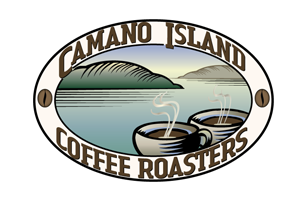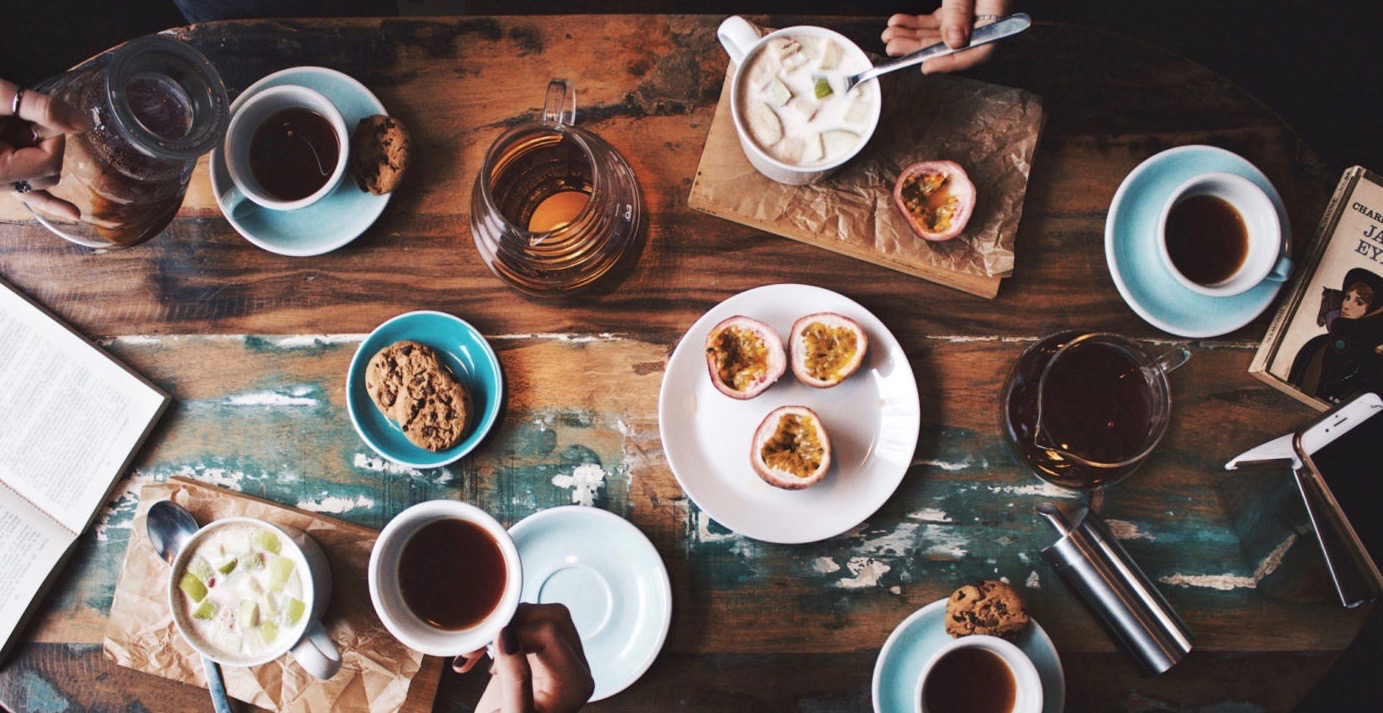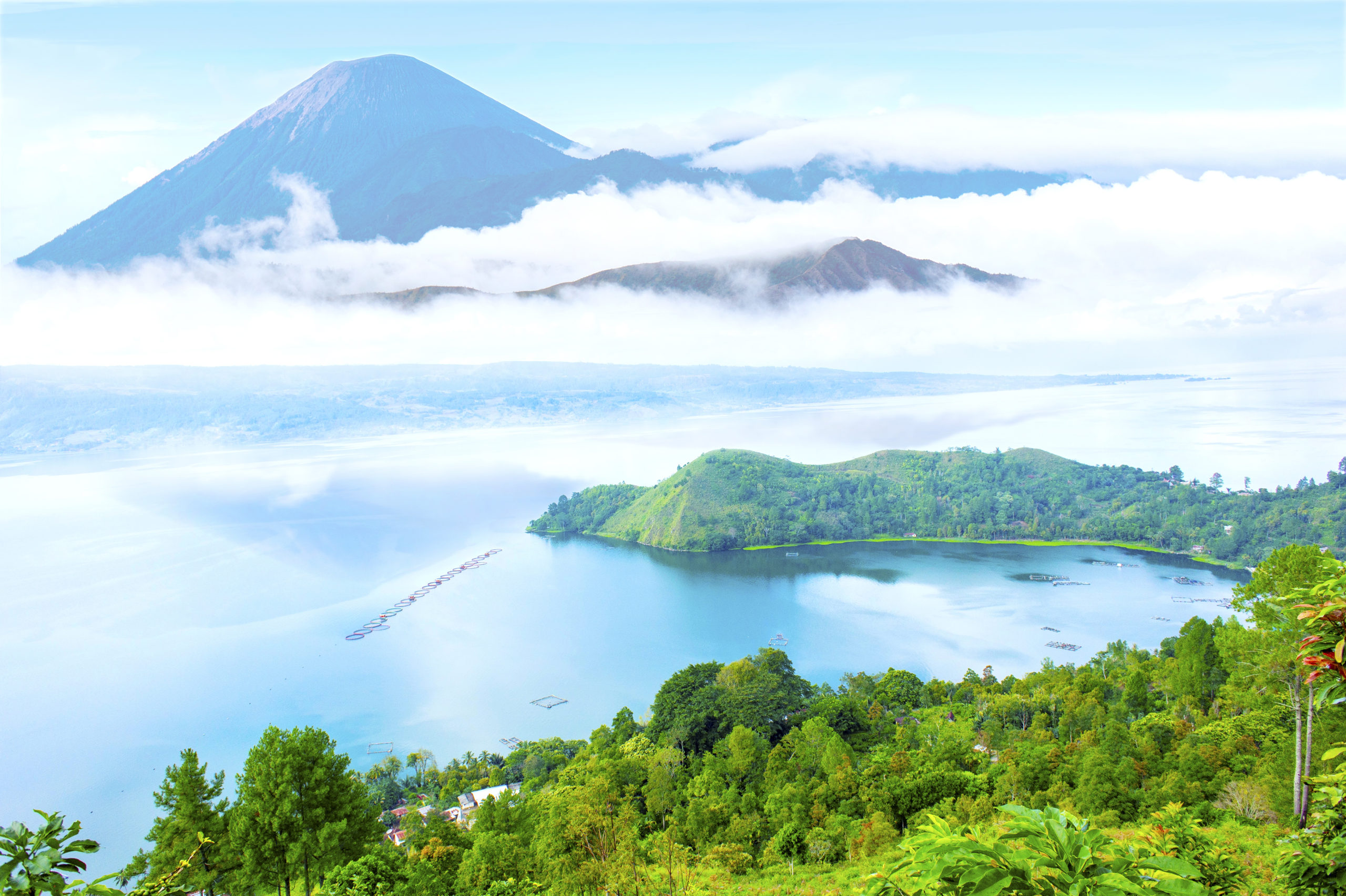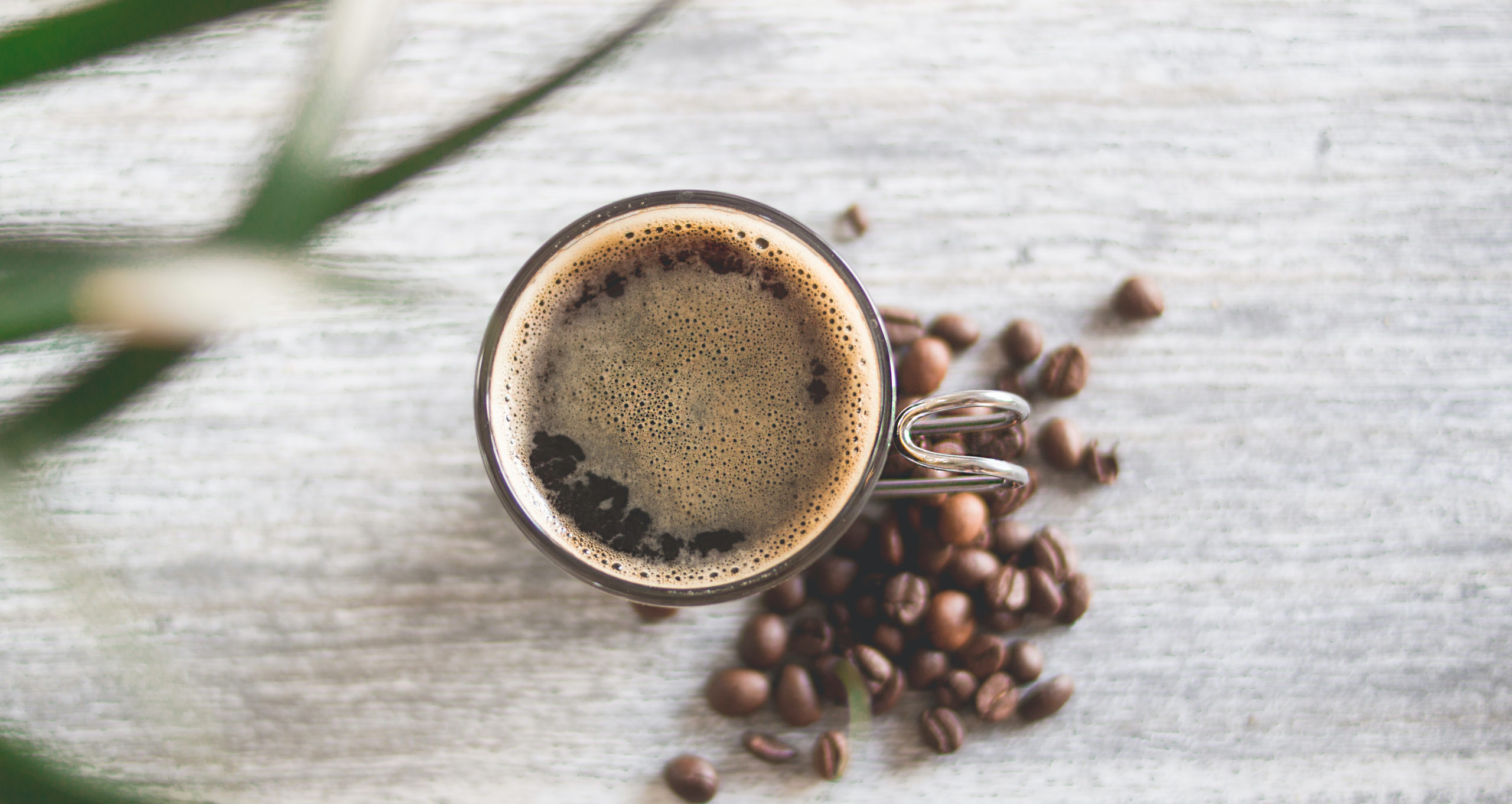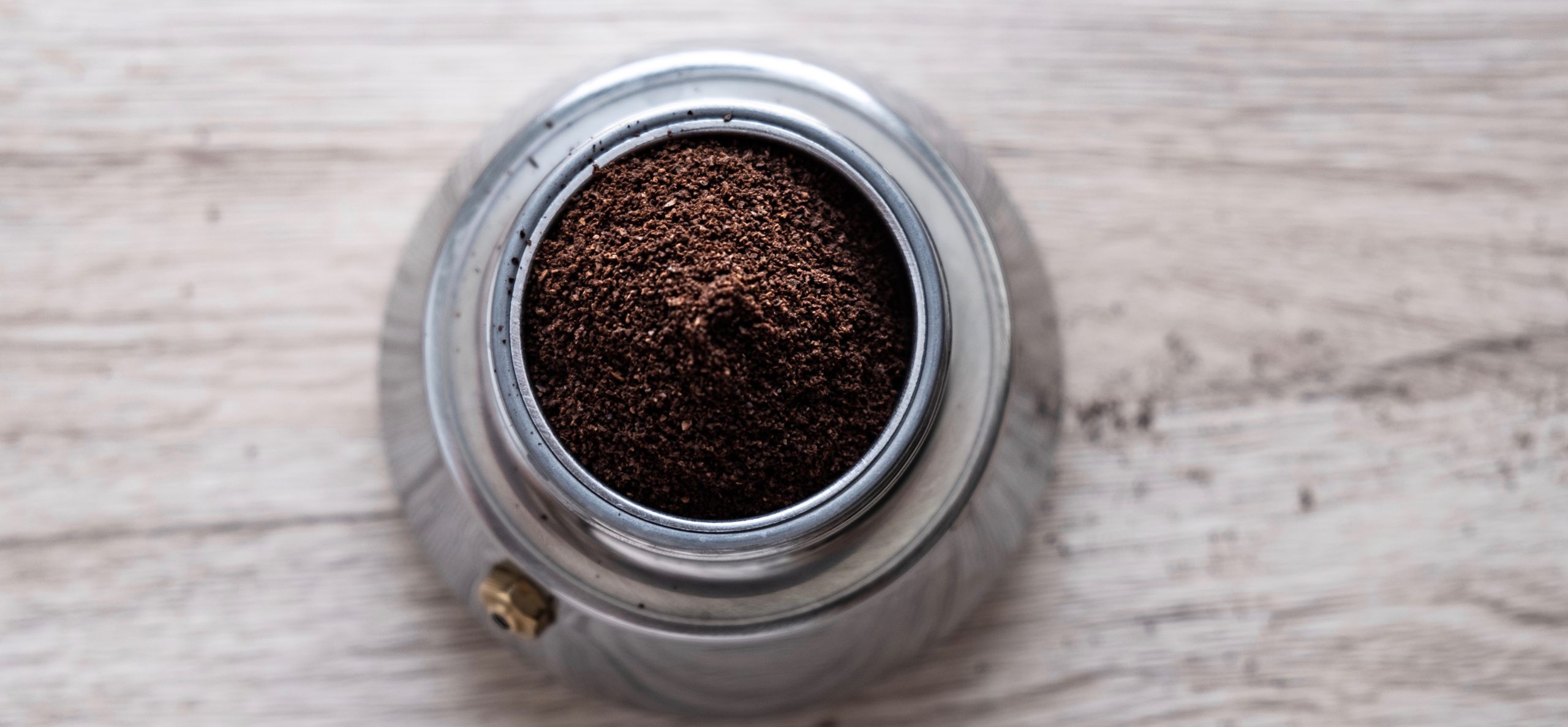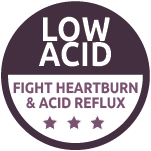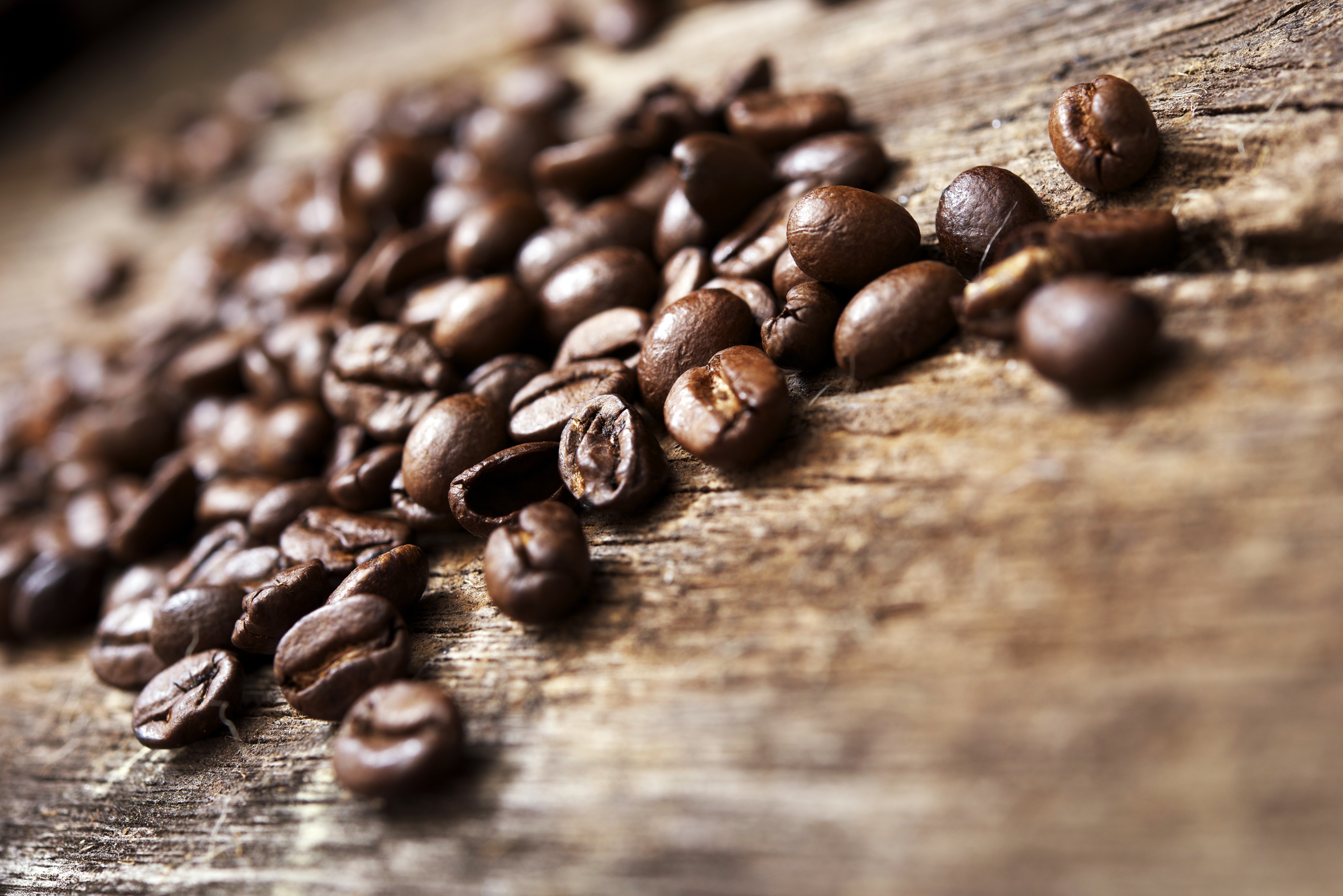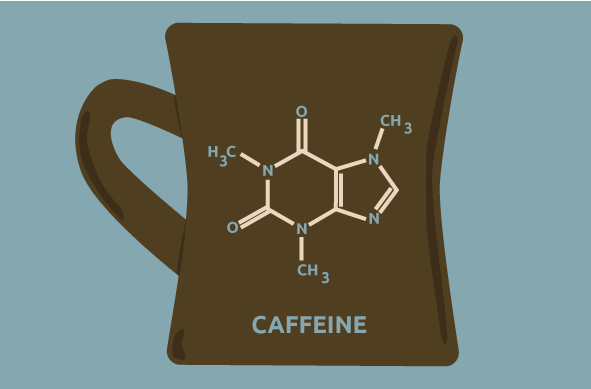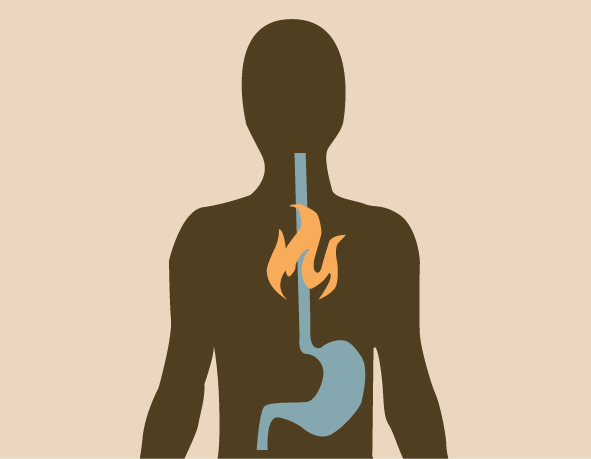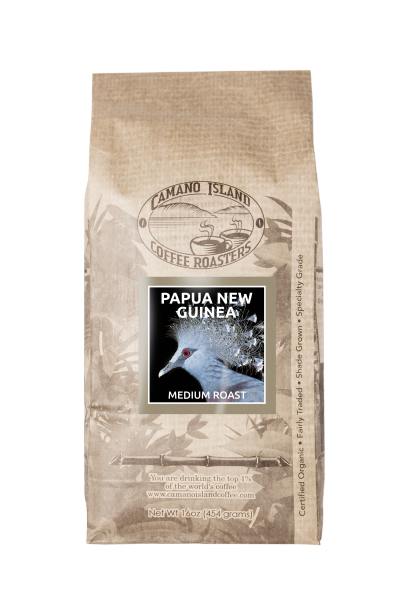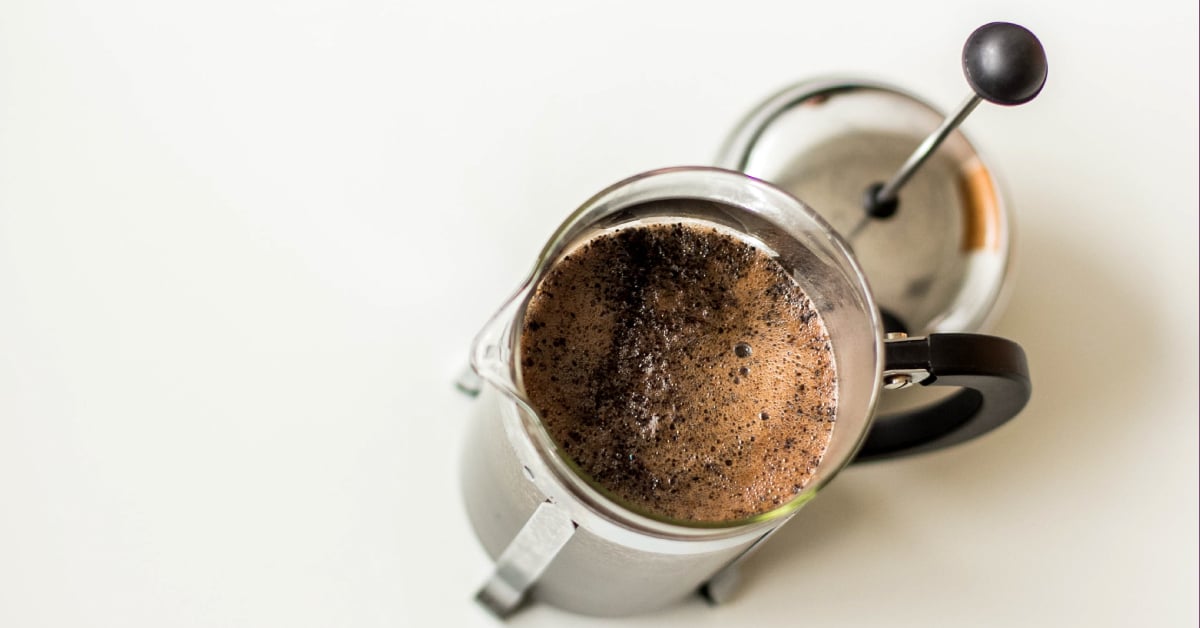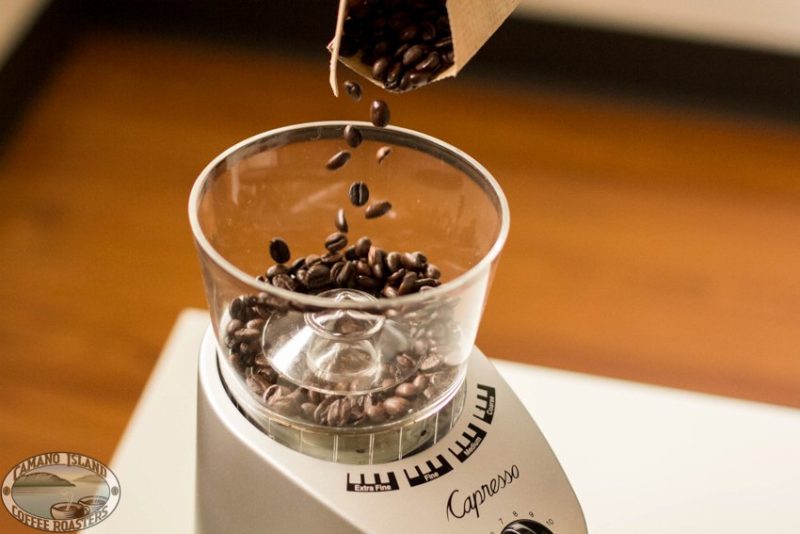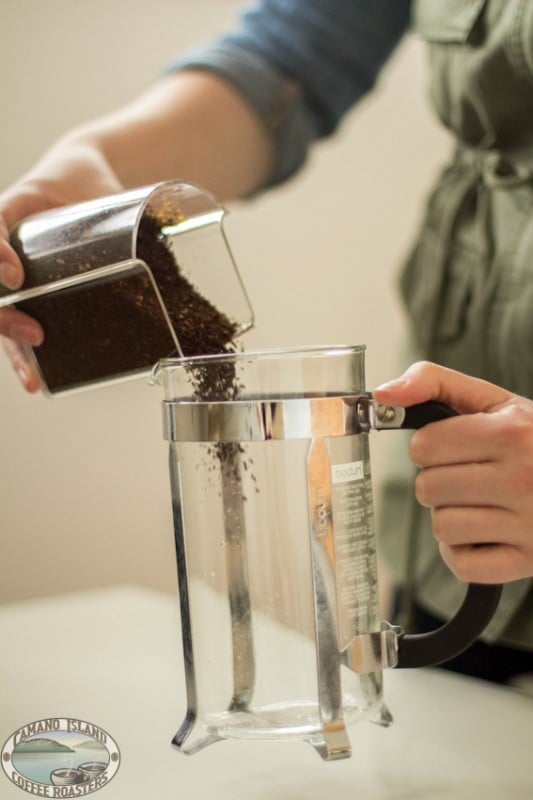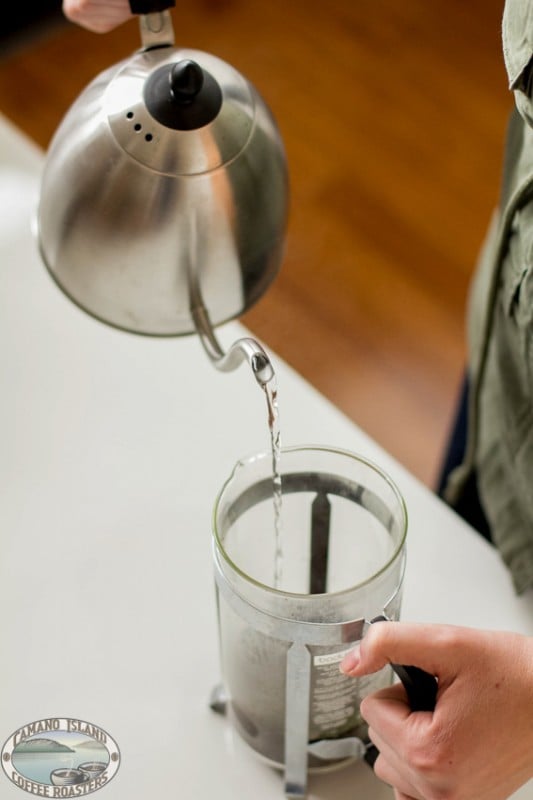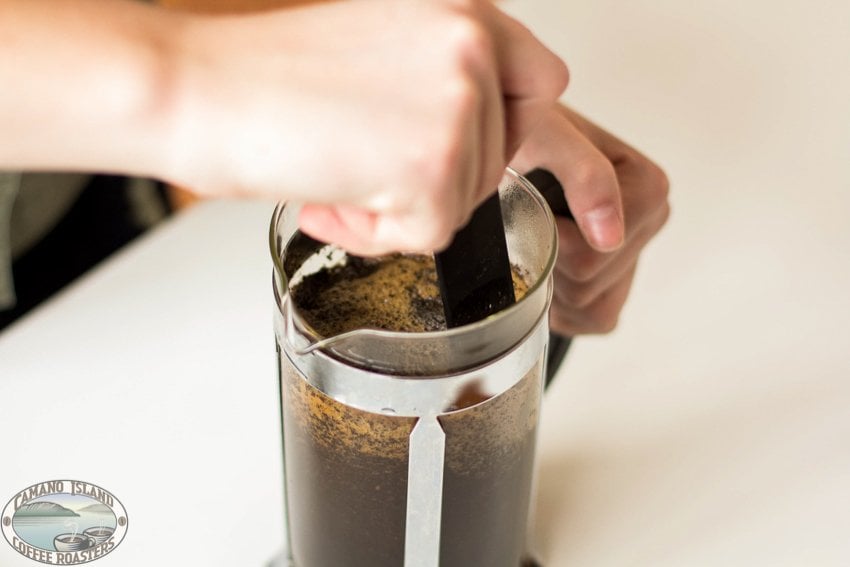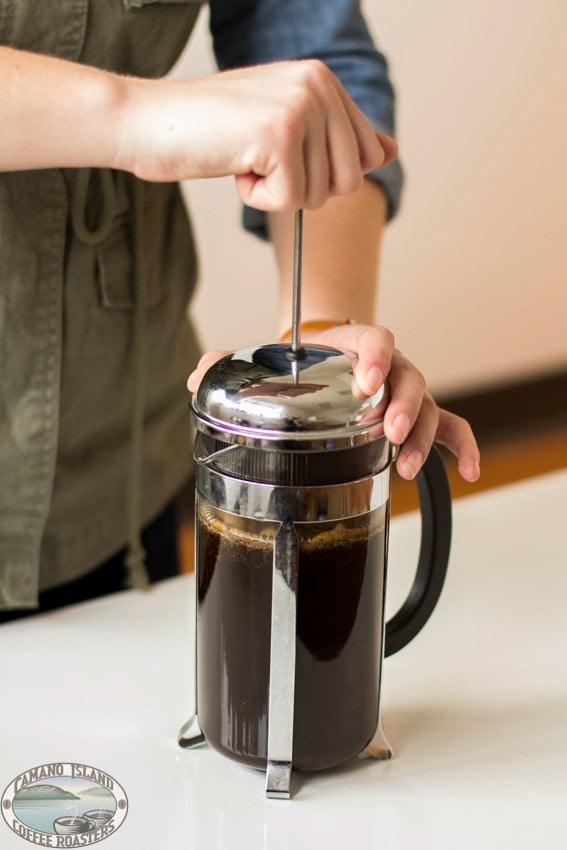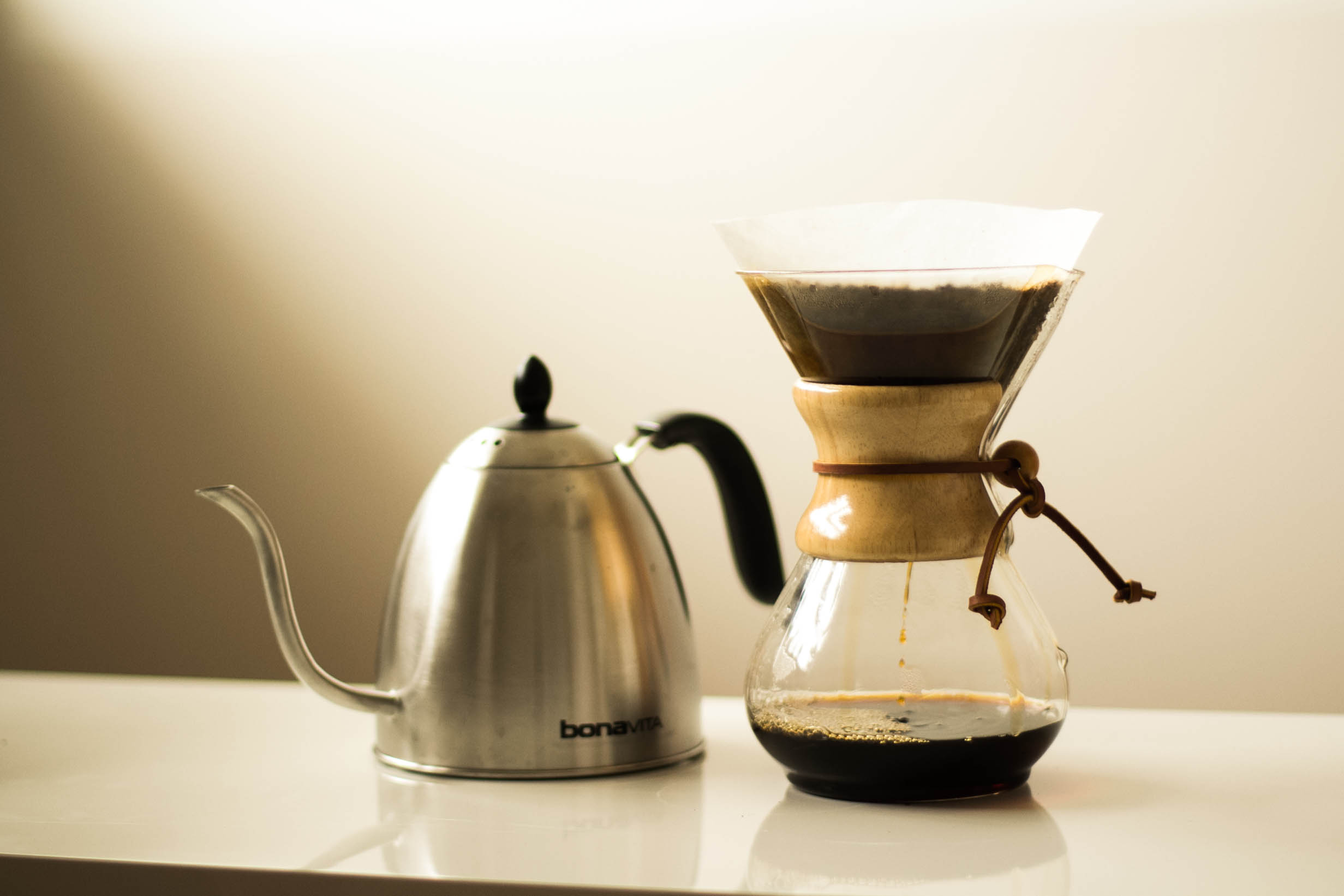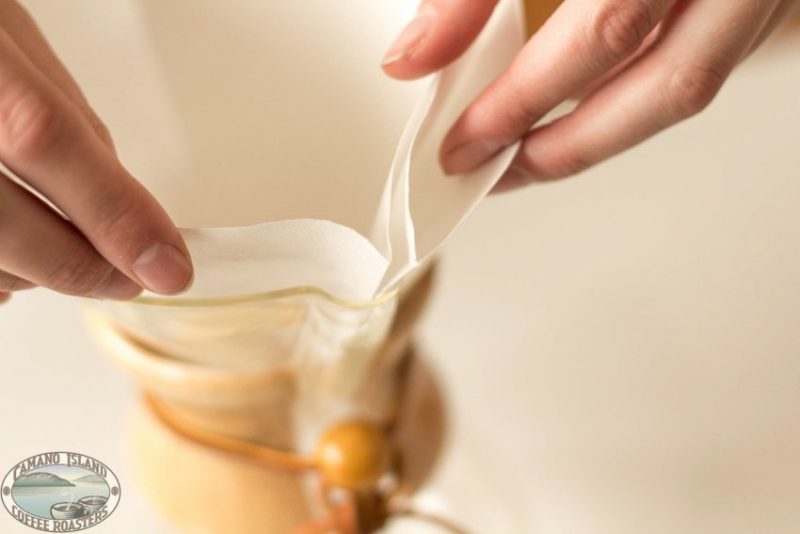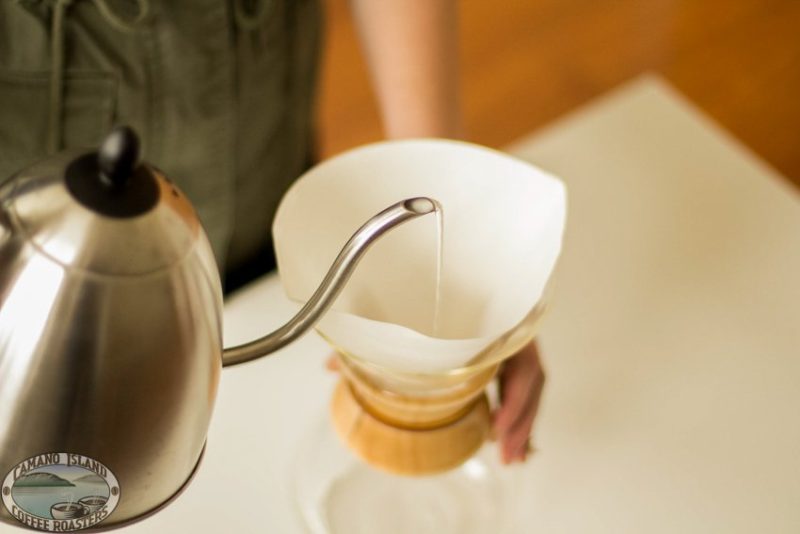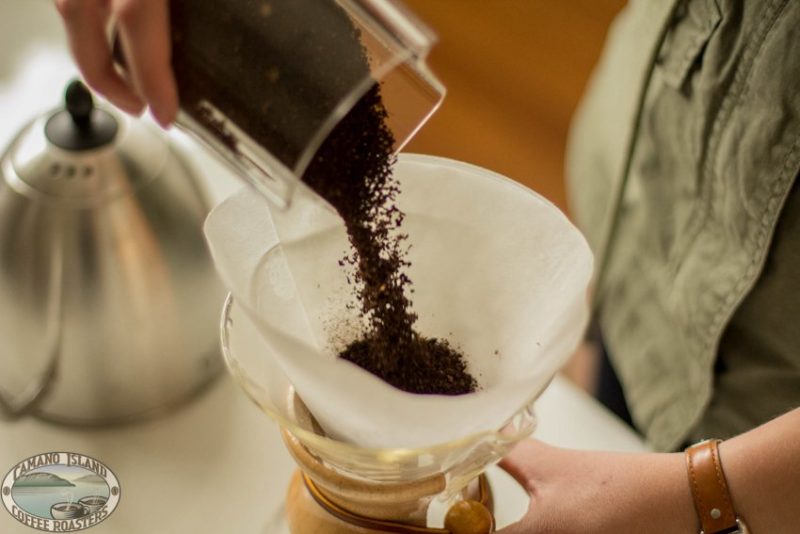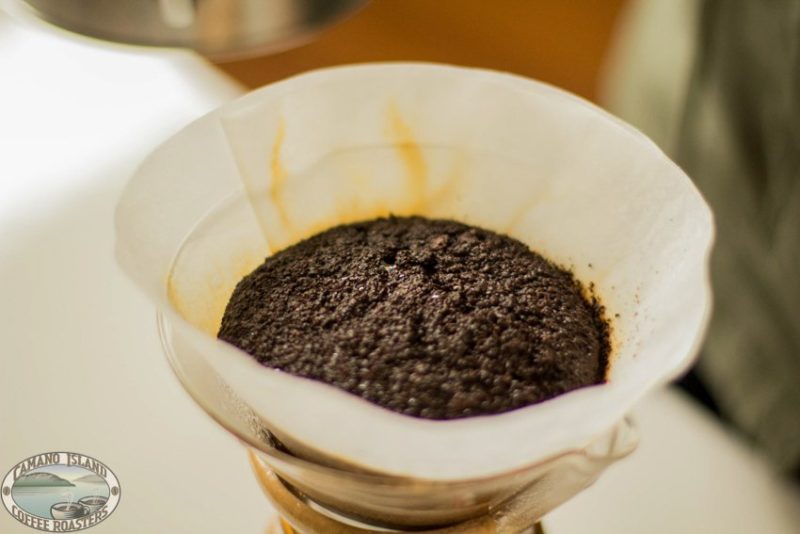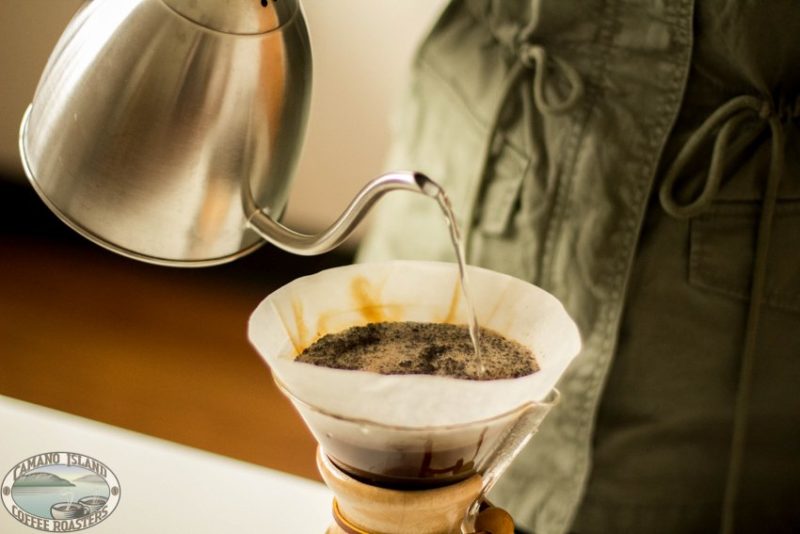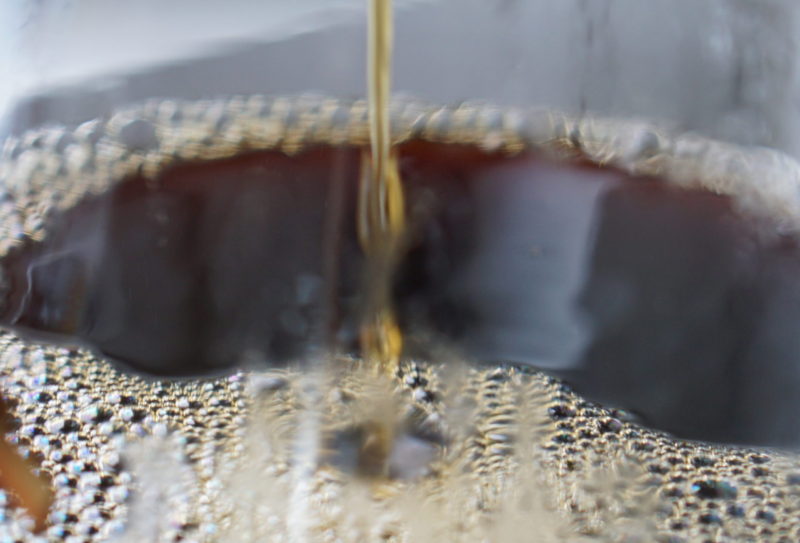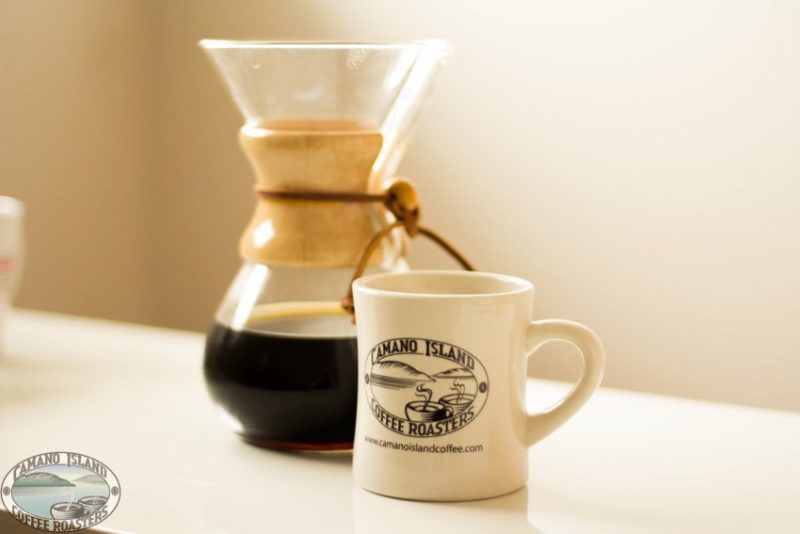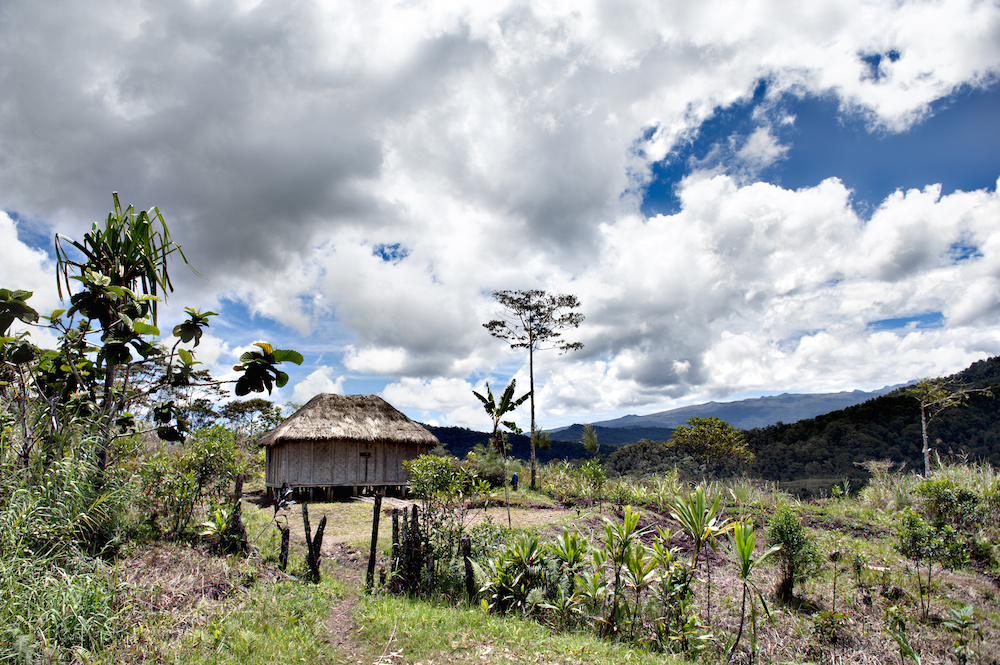
Where Does Your Coffee Come From? – Papua New Guinea
Ever wonder where your coffee comes from? At Camano Island Coffee Roasters, we love our Papua New Guinea Light and Medium roasts, and we also love the beautiful island nation just north of Australia.
Papua New Guinea coffee plantations were first planted 120 years ago. Historical records attribute the arrival of coffee to New Guinea as a result of German settlers bringing the crop to the island. By 1899, Arabica coffee bushes were showing that they liked the unique climate of New Guinea. However, the industry did not start picking up momentum until the 1920’s, when improvements in shipping contributed to coffee more easily being exported. Now Papua New Guinea has coffee plantations in 15 out of 19 provinces, and coffee export is one of the nation’s strongest industries.
Arabica and Robusta Coffee
At least 95% of the coffee grown in New Guinea is of the Arabica variety. Grown at high elevations, this coffee is of very high quality. The small amount of Robusta produced in New Guinea is grown in the Sepik lowlands and around Milne Bay. Most of the coffee exported is in the form of unroasted, green beans. Only 1% of the coffee exported is already roasted and ground. This is because green coffee keeps better for shipment than those that have already been roasted. Once coffee is roasted it should be enjoyed soon (that’s why we get the coffee so quickly to our Coffee Club members.)
Coffee Provinces of New Guinea
New Guinea coffee growing regions are split into three distinct provinces with each being home to 2-6 coffee grower groups. The provinces are the Eastern Highlands, Western Highlands, and Simbu. With more than 210,000 hectares of coffee bushes, there are a lot of great coffees being produced in New Guinea.
Production by Province and Secondary Crops
The Western Highlands has the highest level of coffee production followed closely by the Eastern Highlands. Simbu grows more Robusta beans and has less production. While coffee beans are by far the biggest cash crop, farmers also grow sweet potatoes, bananas, vegetables, and spices for local consumption. Banana trees are often what shade coffee bushes, so they make a great choice for a secondary crop for their food value mostly because bananas do not command a high price.
Striving For Sustainable and Organic Practices
New Guinea coffee growers have observed that there is a high demand for quality shade grown coffees. Although New Guinea only produces 1% of the world’s coffee production, consumers are demanding more coffee choices. With more people than ever realizing what an impact they can have on the environment with their purchasing and consumption habits, the demand for fair trade coffee grown in a sustainable manner is growing drastically every day. Farmers are making efforts to double production due the increased demand for coffee grown in the best possible way.
Profiles in Flavor
Camano Island Coffee Roasters Medium Roast Papua New Guinea coffee is medium bodied with chocolate undertones. A sweet flavor and crisp, clean finish make this a great choice any time of the day or night. In fact, this roast is one of our customers’ favorites! For those that wish for a more subtle flavor, we offer this coffee in a light roast as well.
New Guinea Coffee for Your Home or Business
Purchasing Organic Free Trade New Guinea coffee helps farmers earn a good living for their families. If you have a business, consider adding New Guinea coffee to your waiting and staff rooms. Restaurants near business districts can lose business if they don’t have great coffee. Camano Island Coffee Roasters can arrange for a regular coffee subscription of delicious New Guinea coffee as well as our other great varieties. With our automatic shipment plans, you can be assured that you never run out of your favorites. At Camano Island Roasters, we believe in giving back to the farmers we buy our coffee from. That is why part of every Coffee Lovers Club shipment goes to help coffee farmers obtain interest-free loans and the support they need to own their land so they can make sustainable decisions without corporate influence.
